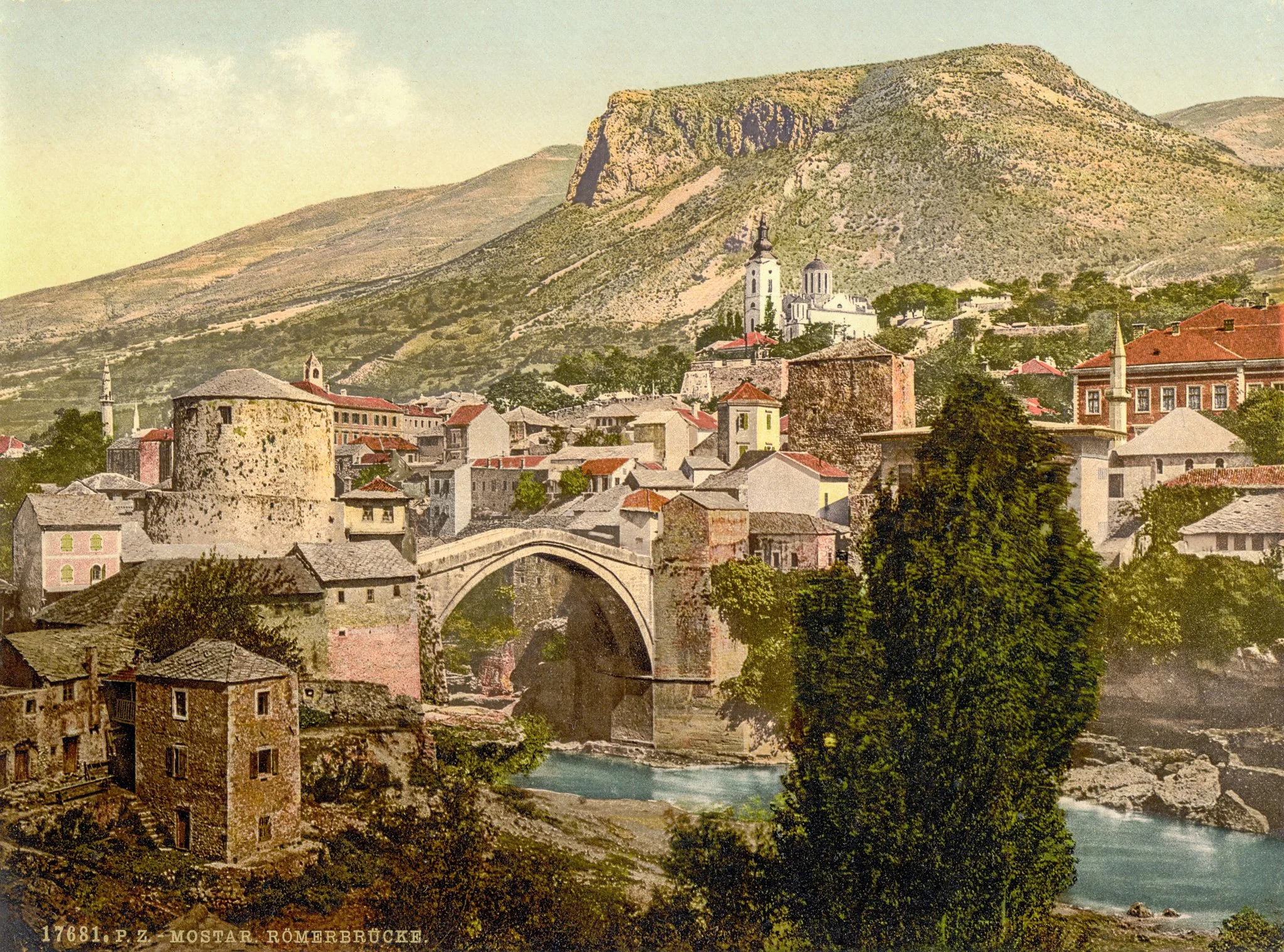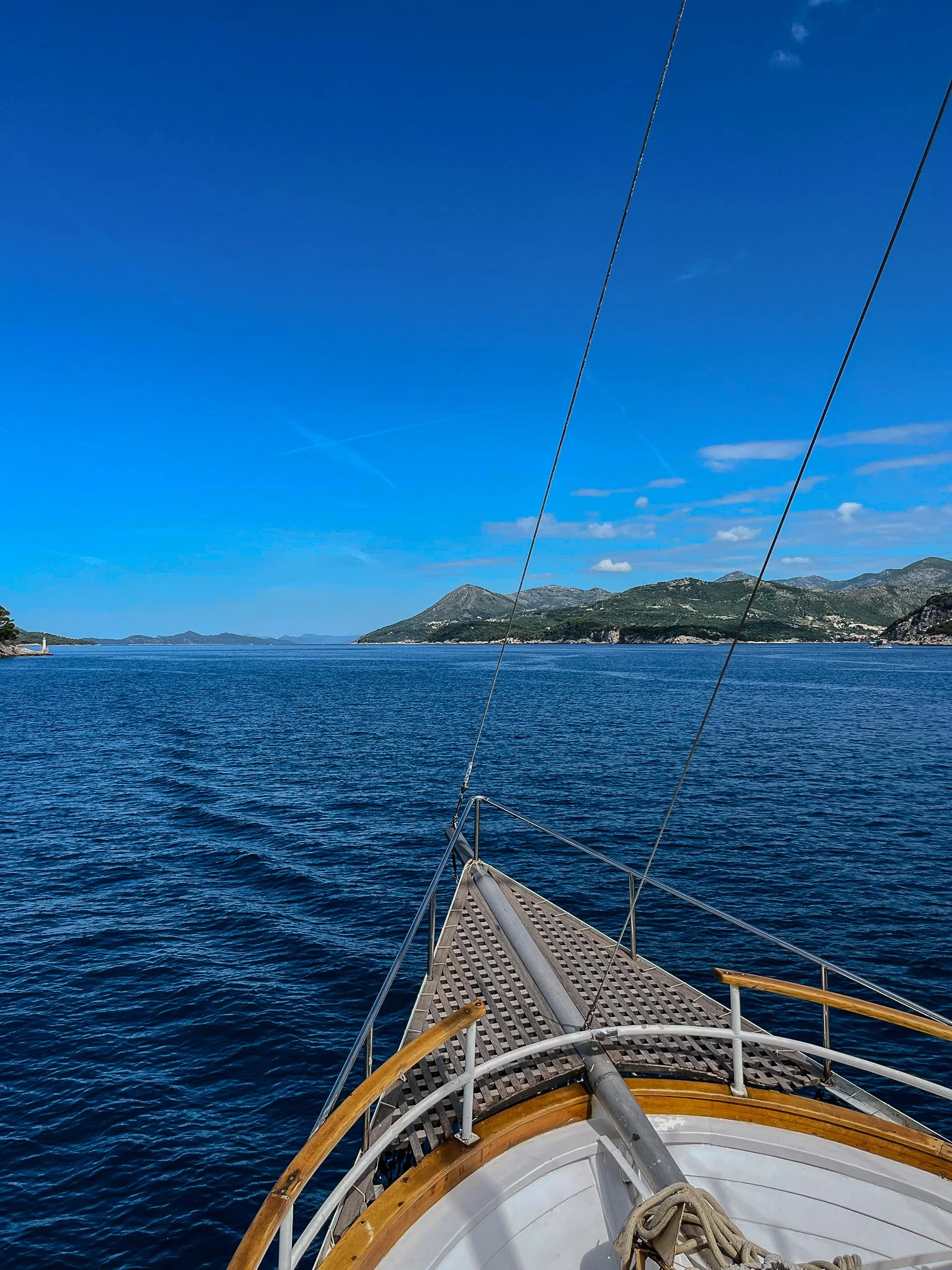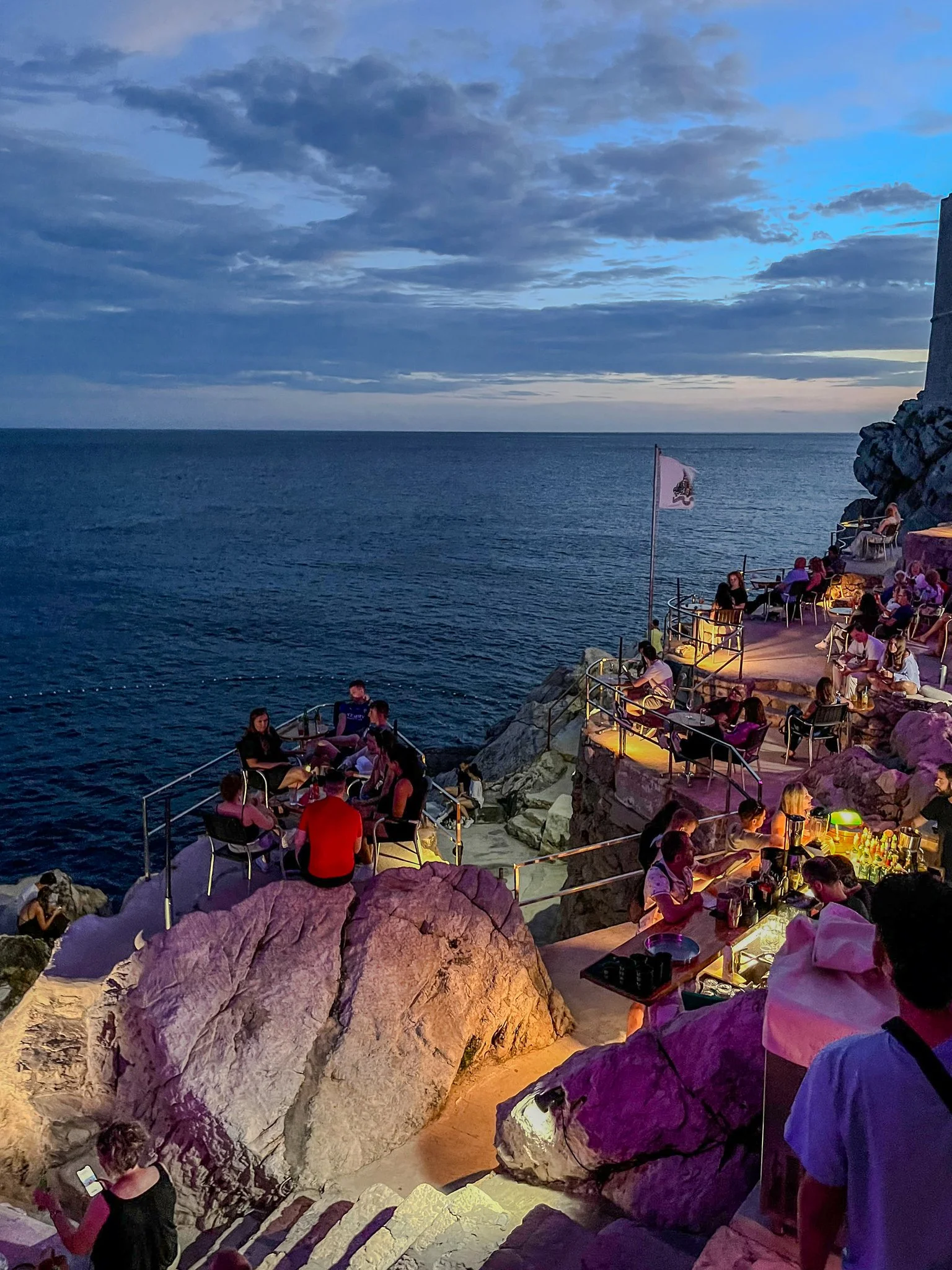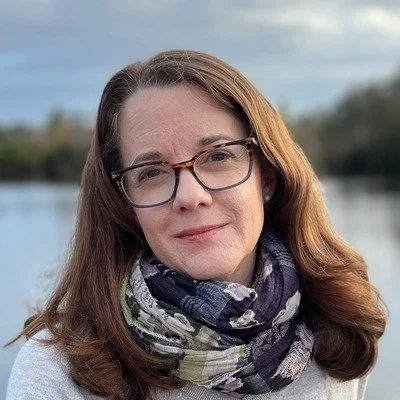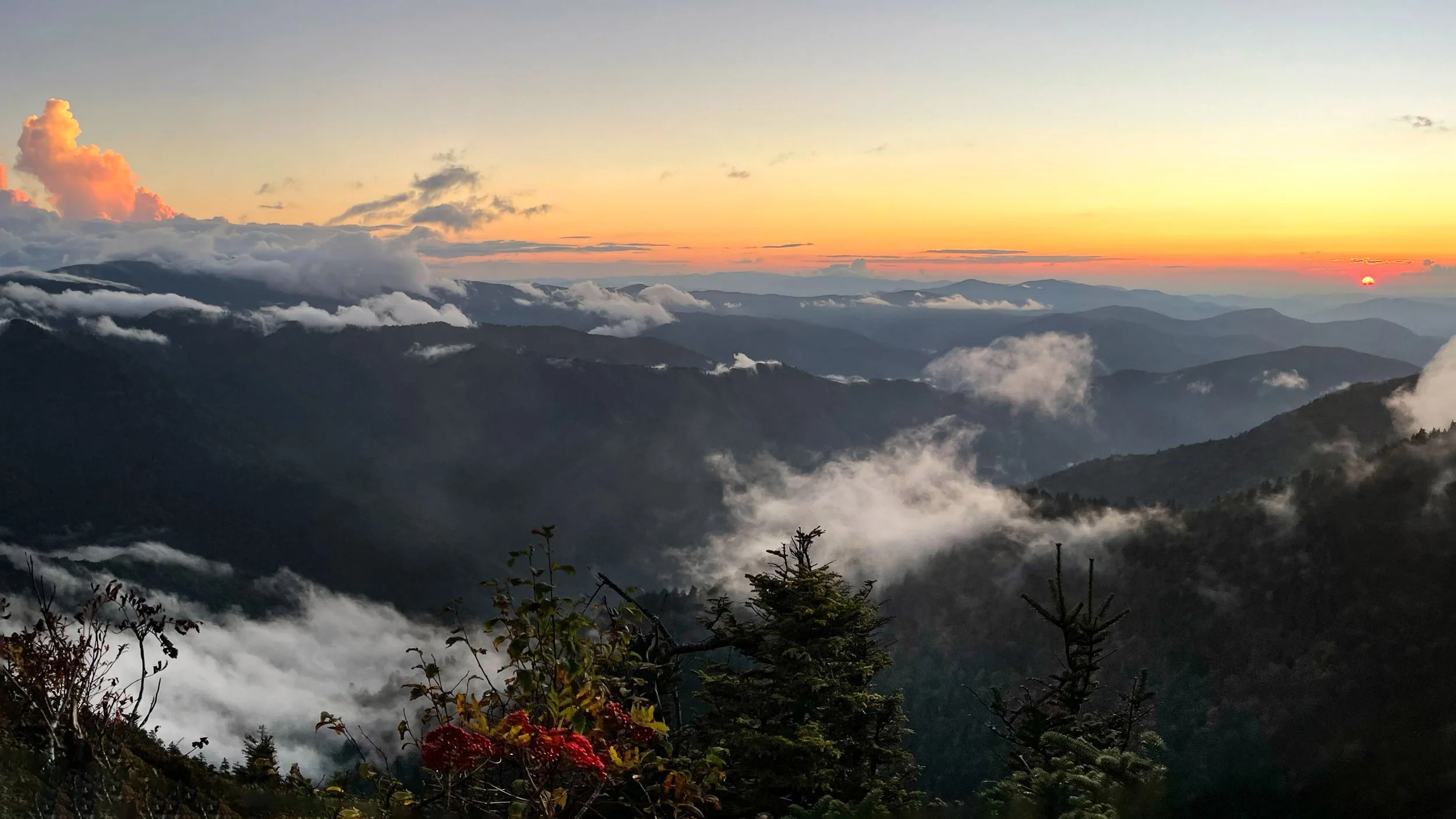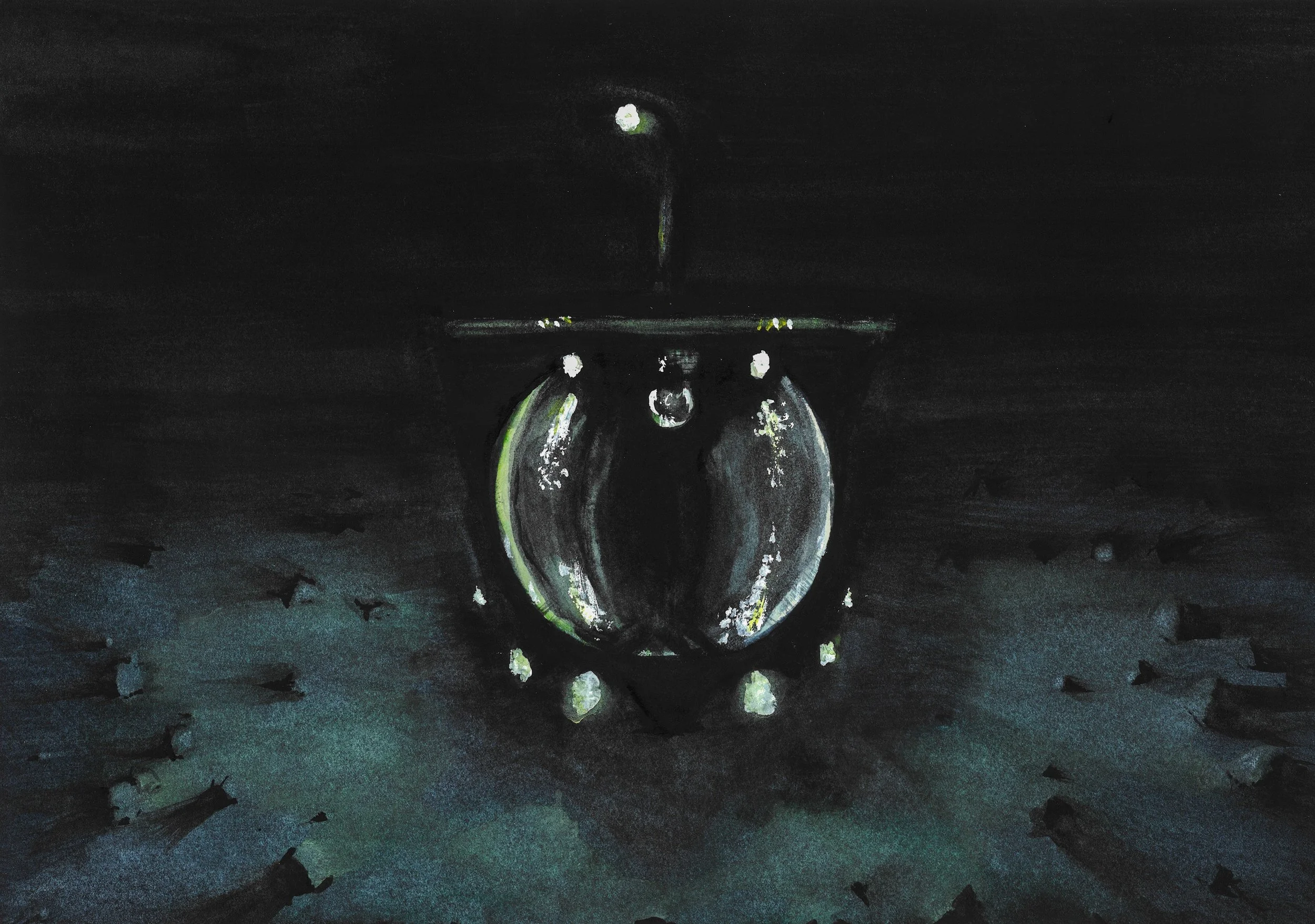The Peculiar Pressure of Peace
A mother’s quest to rebuild after tragedy
A photochrom print from the late 1800s of the city of Mostar, Bosnia-Herzegovina. Image credit: The Detroit Publishing Company, 1905, edits by Rachel Lense for The Science Writer
by Katie Thrasher
January 30, 2024
Gray and white marbled clouds dotted an azure sky in southwestern Bosnia and Herzegovina, threatening rain on the city of Mostar (whose name means bridge keeper) and its fabled Old Bridge, Stari Most. On that same June day, I should have been liking a social media post from my son, Adam, about that bridge. It would have read something along the lines of, “Stari Most was epic. Mimar Hajrudin completed the bridge in 1566 under penalty of death. The original bridge was supported by egg whites and withstood the weight of Nazi tanks in WWII. It has united Eastern and Western cultures for centuries.”
Adam never created that post. On his way to the Old Bridge, Adam fell asleep aboard a bus traveling through Neum, a quaint coastal town along the country’s only access point to the Adriatic Sea. He never woke up. Adam’s unnamed, rare mast cell disorder likely triggered an autoimmune attack on his heart, which had caused aortic stenosis and severe ventricular hypertrophy. He had never experienced a cardiac event before this fatal one.
A photo downloaded from Adam's phone shows a view of sailing the Adriatic Sea, en route from Dubrovnik to Lopud, Croatia. Image credit: Adam Thrasher, June 13, 2023
Adam died peacefully at age 19 amid a world filled with division and conflict he dreamed of solving through democracy and diplomacy. Visiting the UNESCO Heritage site in Mostar was the highlight of his international affairs study abroad trip, examining the need for peacekeeping organizations in times of conflict.
Adam never saw the bridge. He never gazed up at the resplendent limestone structure, rising 75 feet above the swiftly flowing Neretva River, an arch of history uniting otherwise divided religions and cultures. But he understood the symbolic peace under pressure for which it stands.
While being washed away in a current of grief following Adam’s death, I read about Stari Most. I read newspaper articles, and graduate thesis papers, and blogs, and United Nations reports, and travel guides, and an elegy published in The New Republic one month after the bridge fell. I longed to share Adam’s fascination with the bridge and create a connection with him.
Stari Most is an arch bridge that stands by transferring the weight of both the structure and its load to abutments — in this case, a pair of fortified limestone towers. Suleiman the Magnificent, the longest-reigning sultan of the Ottoman Empire, commissioned Mimar Hajrudin in 1557 to build the structure — under penalty of death.
This photo downloaded from Adam's phone shows an evening scene at a restaurant on the rocky Adriatic coast of Croatia. Image credit: Adam Thrasher, June 12, 2023
Construction project details are not well documented, with the exception of this one element: Hajrudin’s team secured the arch with hand-forged iron pins and a mortar made of egg whites known as argamasa, developed in Spain and used in erecting bridges and churches across Europe and Asia. Stari Most was a feat of 16th-century Ottoman engineering, complete with a legend that Hajrudin, overcome by his fear of failure, left town and prepared for his funeral the day the scaffolding was removed.
On a crisp, clear November day in 1993, the Old Bridge that stood for 427 years fell victim to war during the second siege of Mostar. The city became a focal point throughout the Bosnian War, which pitted ethnic communities of Bosniaks, Bosnian Croats, and Bosnian Serbs against one another during the bloody breakup of Yugoslavia. Mostar was split along the Neretva River when war broke out between the allied Bosnian Croats and Bosniaks. Following two days of attacks, shells launched by Croatian Defence Council artillery forces streaked across the sky, striking its intended target, taking down the last river crossing in Mostar, and cutting off food and munitions to Bosnia. Stari Most collapsed between 10:15 and 10:30 a.m. The river swallowed it whole.
The bridge was not just stones held together by an egg-white mortar.
The bridge was four centuries of shared humanity.
The destruction of the Old Bridge was officially classified as a war crime.
News of Stari Most’s demise spread around the globe, as did an international outcry to rebuild.
Condolences for Adam flowed in from nearly every continent in the days following his death as my husband previously worked for the UN, and Adam had friends living in Europe and Central America.
The Old Bridge, like my son, was eulogized after death. They each succumbed to forces, both external and from within. The world witnessed and knew how Stari Most perished; Adam’s death was a shock and unexpected. Mast cell disorders are generally not considered fatal. Weeks after we buried Adam, his Bosnian-language autopsy arrived, and we learned about his heart condition. But we may never know the extent of Adam’s rare disease; a death abroad rarely entails preserving or testing tissue samples.
***
Rebuilding Stari Most was spearheaded by an international coalition and carried out locally by Gilles Péqueux, a French civil engineer who requested Hajrudin’s plans from the Ottoman libraries in Istanbul. Following countless hours of painstakingly detailed research and collective pleas from the citizens of Mostar that an “exact replica, to reassert their desecrated values” be erected, many original stones, once lost to the river, were dredged up, tagged, and placed where they once sat. New stones, when needed, were cut in the shape and fashion of the originals from Bisce Polje, the same quarry used in the 16th century for the rescued stones.
On July 23, 2004, Mostar was restored to its rightful place as keeper of the bridge — 3,909 days after the original’s destruction. Mosques and shopping stalls were reunited with Catholic churches and European-style boutiques. The (new) Old Bridge stands resolute in understanding, supported by the original fortified towers.
Reconstruction in Mostar was not limited to Stari Most. The people of Mostar also rebuilt their position as connectors of culture and religion. As U.N. Secretary-General Ban Ki-Moon said, “… Peace cannot be decreed solely through treaties … it is a way of being, of interacting with others, of living on this planet.”
It took many years and is imperfect, but a sense of harmony has returned to Mostar. The desire of the populace to move forward together might best be illustrated by people’s willingness to live alongside someone partially responsible for the destruction. “Everybody knows who did it, by the way,” wrote political scholar Michael Ignatieff in the New York Times in 2002. “The artillery commander still lives in Mostar, on the Croatian side.”
***
Maybe in the end, it goes back to a moral shared in The Bridge on the Drina, a historical novel written by Ivo Andrić, about a different bridge across a different river in Bosnia and Herzegovina, as told by the protagonist’s father: “The greatest blessing is to build a bridge and the greatest sin to interfere with it.”
In January 2023, a U.N. Security Council Meeting opened with this directive: “Against a backdrop of the highest number of violent conflicts since the Second World War… the United Nations must rethink its efforts to achieve sustainable peace.” Since then, political instability around the globe has only increased. International accord is unbalanced.
Rebalancing peace is an unending task. But as long as calls for global stability outweigh acts of war, there is hope for building and rebuilding bridges between countries by laying the blocks of democracy and diplomacy Adam envisioned.
Finding my peace during grief builds outward from the fortified towers of Adam’s life. Transferring the weight of loss across hand-laid connections that remember and celebrate Adam has become my life’s work. Akin to Hajrudin’s commission, should grief win out, it comes with the penalty of death.
Some of the last photos taken of Adam. On the left, Adam smiles in front of cream-colored buildings with baked tile roofs in the walled city of Dubrovnik. On the right, he enjoys a beach day in sunglasses and swimming trunks along the Adriatic coast. Image credit: left - unknown, June 11, 2023; right - Addison Lamoureux, June 13, 2023
Note (01/31/24): An editorial error in an earlier version of this article mischaracterized the description of Adam's cause of death. The article has been updated accordingly.
Katie Thrasher
Katie Thrasher is a freelance science writer and graduate student in the Johns Hopkins University M.A. in Science Writing Program. She has written about food safety, nutrition, and health for over 20 years. Katie lives in Florida with her husband, daughter, and two furry children. She now writes for her son, who recently died at age 19 from unforeseen complications of a rare, unnamed mast cell disorder.
Senior Editor: William Kucinski
Art Editor: Rachel Lense
Copy Editor: Lynne Winter

